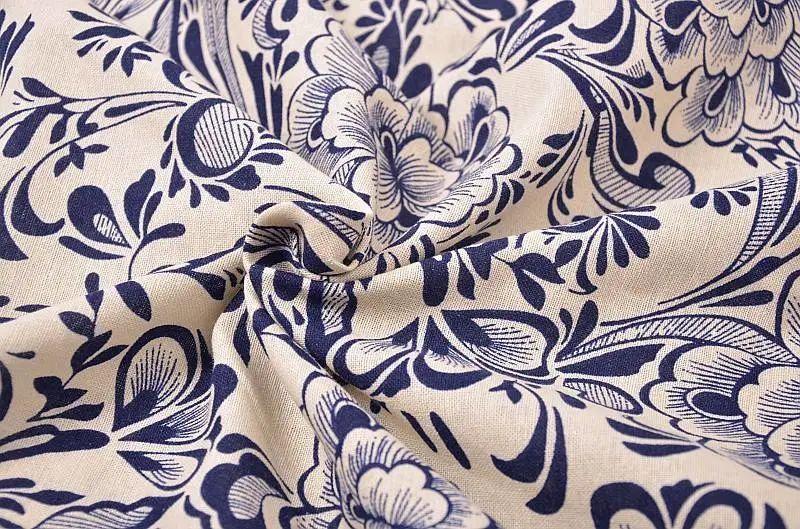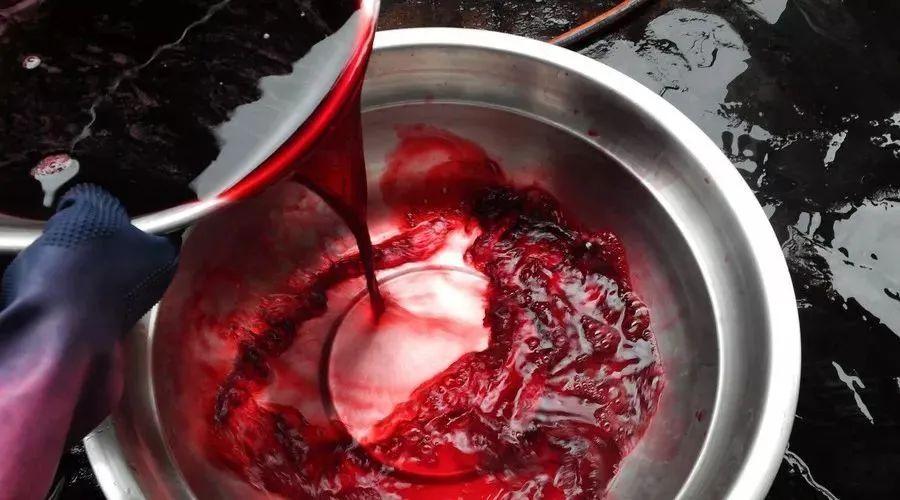
1. The role of dyeing
The purpose of staining is to improve the resolution of each part of the specimen under an optical microscope. Unstained tissue sections and cell smears cannot be directly observed under a light microscope. Even if the microscope has sufficient resolution and appropriate magnification, the structure of each part of the specimen must have a significant difference in the refractive index of light in order to be able to identify it.
2. Biological dyes
Dye can be divided into natural dyes (such as hematoxylin, carbin, brazilin) and synthetic dyes from the source; from the chemical composition, it can be divided into inorganic dyes and organic dyes. The dyes we commonly use are mainly synthetic coal tar dyes, which are mainly organic compounds containing main aromatic carbocyclic and heterocyclic rings. These organic compounds must have their own color and have a certain affinity with the molecules of the dyed substance before they can be called dyes. We know that the color of a dye and the affinity between the molecules of the dye are determined by the molecular structure of the dye. In the dye molecules, there are chromophores that produce color and auxochromophores that deepen the color of the dye and create affinity with the dyed substance.
(1) Chromophore
The group containing unsaturated bonds that causes organic molecules to produce color is called a chromophore, also known as a chromophore. After the chromophore is introduced into the molecule, the selective absorption spectrum of the organic compound can be shifted to longer wavelengths, that is, from the ultraviolet light region invisible to the naked eye to the visible light region, thereby causing the molecule to develop color. The introduction of a chromophore into an organic molecule may cause the organic compound to develop color, but the mere presence of a chromophore in an organic molecule does not necessarily mean that the color will appear. It also depends on whether the chromophore will cause the organic molecule to form a larger color after it is introduced into the organic molecule. For large conjugated systems, the greater the degree of conjugation, the darker the color. Colored organic molecules must introduce auxochromophores in order to generate affinity with the molecules of the dyed object and color the object. Therefore, organic compounds with chromophores and auxochromophores are called dyes.
(2) Auxiliary chromophore
The group that can deepen the color of the dye molecules, increase their polarity, and form an affinity with the molecules of the dyed substance is called a auxochromophore. The main function of the auxochromophore is to generate affinity between the dye molecules and the molecules of the dyed substance. The auxiliary chromophore deepens the color of the dye molecules, enhances the polarity of the dye molecules, and makes them easy to ionize. Most of the auxochromophores are polar genes, and some are acidic and alkaline. For example, -OH connected to the benzene ring is weakly acidic, -NH2 and its substitutes are alkaline, -SO3H is strongly acidic, and -COOH is weakly acidic. After these genes are introduced into organic molecules, they not only enhance their polarity but also form salts with alkalis or acids. They are easily soluble in water and ionized into positive and negative ions, promoting the binding between dyes and dye molecules.

3. Classification of dyes
1. Natural dyes
2. Synthetic dyes (also known as coal tar dyes )
Synthetic dyes are derivatives of benzene extracted from coal tar. It can also be divided into nine categories (orent: 2em;” data-track=”87″>cell The main component in the plasma is protein, which is an amphoteric compound. The staining of the cytoplasm is closely related to the pH value. When the pH is adjusted to the protein isoelectric point of 4.7-5.0, the cytoplasm does not show electricity to the outside. At this time, acid or basic dyes It is not easy to stain. When the pH is adjusted to 6.7-6.8, it is greater than the isoelectric point of the protein, indicating acidic ionization. The negatively charged anions can be stained by positively charged dyes, and now the nucleus is also stained. It is difficult to distinguish between the nucleus and the cytoplasm. Therefore, the pH must be adjusted below the isoelectric point of the cytoplasm. Acetic acid is added to the dye solution to make the cytoplasm positively charged (cationic), so that it can be stained by dyes with negative charges (anionic). Red Y is a chemically synthesized acidic dye that dissociates into negatively charged anions in water and combines with the positive amino charges (cations) of proteins to stain the cytoplasm, red blood cells, muscles, connective tissues, and eosinophils. The pellets are infected to varying degrees of red or pink, which is in sharp contrast with the blue cell nuclei.
(三 ), the role of xylene
After baking, the slices enter xylene for dewaxing. After tissue processing and staining, they enter xylene. Toluene has a transparent effect. The purpose of making the tissue transparent is to allow paraffin to enter the cells, and to make the tissue transparent after staining so that the refractive index of the cells is the same as that of glass, making it easier to observe under a microscope.
(4) The role of alcohol
Alcohol is used before hematoxylin staining From high concentration to low concentration is to elute the xylene used for dewaxing. After eosin staining, the alcohol concentration is gradually increased from low to high concentrations in order to completely remove the moisture from the tissue.
(5) The role of water washing
After dewaxing and alcohol treatment, the sections are washed with water so that the hematoxylin staining solution can better enter the nucleus and stain the nucleus evenly. The water washing after staining is to wash away the dye that has not been combined with the sections. Washing after differentiation is to remove the differentiation fluid and stripped dye to stop the differentiation process. It can also be washed with water after eosin staining to reduce the eosin staining liquid from entering the dehydrated alcohol.

(6) Differentiation and blueness
1. Differentiation
After hematoxylin staining, first wash away the dye that is not bound to the sections with water. Then use differentiation solution 1% hydrochloric acid alcohol to remove excess dye bound to the nucleus and dye adsorbed to the cytoplasm. This process is called differentiation of staining.
2. Bluening effect
After differentiation, hematoxylin is in the red ion state under acidic conditions and in the blue ion state under alkaline conditions, giving it a blue color. Therefore, after differentiation, wash with water to remove the acid and stop differentiation, and then use warm water or weakly alkaline water to turn the nuclei of the cells stained with hematoxylin blue, which is called bluing. It is better to soak in tap water or turn it blue in warm water.








